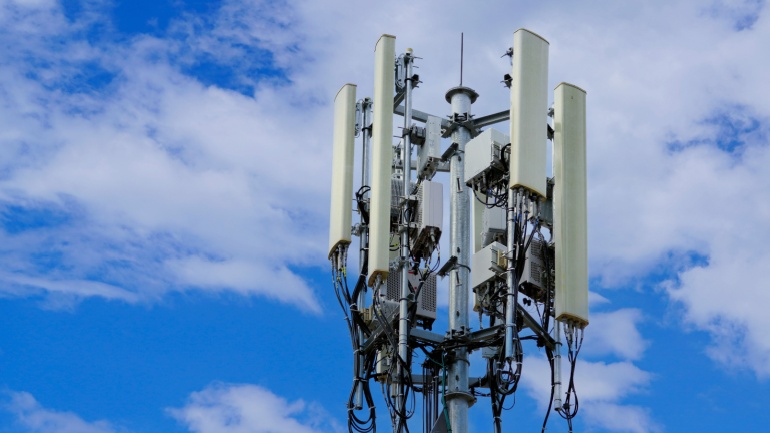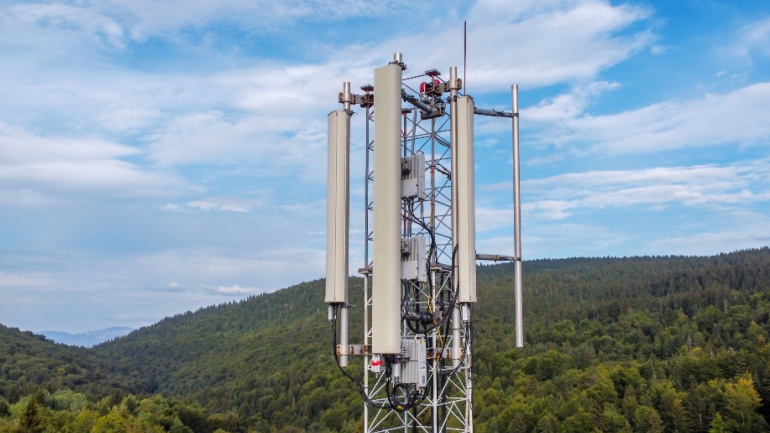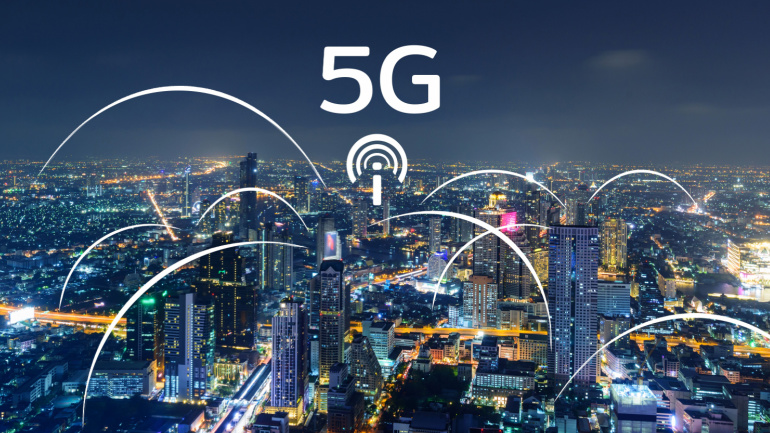The FCC has approved $9 billion in subsidies to boost 5G services in rural areas through the 5G Fund for Rural America. This initiative aims to bridge the digital divide by providing advanced mobile connectivity where it’s economically unviable.
Viavi Solutions Inc. has partnered with the Telecom Infra Project (TIP) to enhance Open Radio Access Network (Open RAN) testing capabilities through VALOR, its Automated Lab-as-a-Service. This collaboration aims to standardize Open RAN deployment, backed by a $21.7 million NTIA grant, improving supply chain efficiency and accelerating global adoption.
In collaboration with the i2CAT Foundation, Vodafone is advancing an automated multi-vendor management system tailored for Open RAN. This initiative aims to streamline the integration of diverse hardware and software components from multiple vendors, a key feature of Open RAN technology.
Nokia and Vodafone have completed a successful end-to-end Open RAN trial on Vodafone Italy’s live 5G standalone network. This trial utilized Nokia’s AirScale Massive MIMO radios and baseband software on Dell PowerEdge XR8000 servers and Red Hat OpenShift, a hybrid cloud platform powered by Kubernetes, connected to Nokia’s standalone 5G core. Additionally, Nokia’s MantaRay Networks Management system was used to enhance network monitoring and management. This trial showcases the maturity of Nokia’s anyRAN approach, providing mobile operators and enterprises with greater network-building flexibility. Nokia’s support for Open Fronthaul features, integrated with its high-performance RAN software, ensures performance consistency with existing RAN. Nokia has collaborated with five open radio unit suppliers, demonstrating the openness and high performance of its AirScale O-RAN DU/CU. This solution offers operators enhanced flexibility, efficiency, and scalability. By integrating with Red Hat OpenShift, service providers can scale their 5G networks and introduce new services quickly. Vodafone aims…
Orange and Vodafone have announced significant progress in their collaborative Open RAN pilot project in Romania, now incorporating 2G capabilities. This development is part of their ongoing effort to innovate and optimize network technology.
Vodafone and Nokia have wrapped up a significant Open RAN trial in northern Italy after a three-month test period in the towns of Arcisate and Sernio, located in Lombardy. This trial, conducted on a standalone 5G network, aimed to assess the performance and viability of Open RAN technology in real-world conditions.
In a move to advance Open RAN technology, UK-based tech incubator Digital Catapult has introduced outdoor testing facilities through its SONIC (SmartRAN Open Network Interoperability Centre) Labs programme. The initiative aims to provide a real-world environment for firms to explore the practical value of Open RAN applications.
Hewlett Packard Enterprise (HPE) is joining forces with TELUS to pioneer Canada’s inaugural 5G open radio access network (Open RAN), marking a significant advancement in the country’s mobile connectivity infrastructure. By supplying essential infrastructure across 3,000 locations, this collaboration aims to revolutionize the way Canadians connect, offering faster and more responsive mobile services.
In a significant move to bolster innovation and development in mobile network technology, the US government, through the National Telecommunications and Information Administration (NTIA), has allocated $42.3 million to support research in Open RAN. This investment is part of a larger $1.5 billion Public Wireless Supply Chain Innovation Fund aimed at enhancing the Open RAN ecosystem. Leading the charge are telecom giants AT&T and Verizon, in collaboration with a consortium that includes notable academic institutions, industry manufacturers, and international telecom operators NTT DoCoMo from Japan and Reliance Jio from India.
IS-Wireless has marked a significant milestone in Poland’s telecommunications sector, unveiling the country’s first 5G campus network. Designed on the Open RAN model and utilizing local frequencies, this implementation at Bialystok University of Technology is primed to cultivate future 5G and 6G experts. The Open RAN, a rapidly expanding telecommunications model, allows for the integration of versatile components, offering a cost-effective and efficient solution.













